Overview
Despite any trepidations you may have, credit cards are amazing. There’s no other way to get as much back from your daily spending as a well-chosen card that matches your lifestyle and habits.
Of course, reaping the benefits requires responsible usage, which starts well before you open your first credit account. Choosing the best credit card for your purposes is as important as how you use it, and there are several factors to consider.
To help you with the process, let’s dive into how to pick the best travel credit card in three easy steps.
1. Check your credit score and set yourself up for success
Before you attempt to open a credit card, it’s critical to understand your financial situation. If you’re already in considerable debt, make it a priority to deal with that before allowing yourself the opportunity to take on more.
Your credit score is the most important figure to know before starting a credit card search. This figure, calculated by different credit analytics companies, is a quantifiable measure of your lending habits and debt. It’s generated using the information banks and credit companies provide, like your credit history, debt levels, late payments, number of accounts, and inquiries. The two principal scores used are FICO and VantageScore, but FICO is used in the majority of all credit card decisions.
A credit card issuer will decide to approve or deny your application based on your credit score. It’s easy to find your score. You can buy access to your scores from one of the three main providers (Experian, Equifax, and TransUnion) or use a free online tool.
Many credit card companies provide credit scores within their portals, but you’ll need one of their cards to access them. Other online tools that don’t require a credit card include Credit Karma, AnnualCreditReport.com, or ClearScore.com.
Here’s a rough breakdown of score strengths:
800 to 850: Excellent
740 to 799: Very good
670 to 739: Good
580 to 669: Fair
300 to 579: Poor
Those with credit scores at the higher end will likely have an easier time being approved for additional credit than those in the fair or poor range. It’s important to remember that a good score doesn’t guarantee approval. Credit card providers take many factors into account.
Once you have your score, you can narrow down the cards you are considering applying for.
2. Identify the type of credit card you need
As a travel company, we spend a lot of time focusing on travel reward credit cards. They’re a fantastic way to offset the cost of vacations and sometimes eliminate the costs of flights or hotels altogether. But rewards cards are generally for those with a decent credit score and are not the best choice for everyone.
Generally, there are three distinct types of credit cards.
Rewards cards
0% APR cards
Credit building/repairing cards
Rewards Cards
Rewards cards are the most fun, for obvious reasons. These cards offer loyalty points or cash back in return for using them. High-end products come loaded with perks and benefits like lounge access in airports or statement credits for shopping. Used strategically, these cards are an unbelievable tool and can save the cardholder thousands of dollars.
With that in mind, credit card issuers only offer these cards to customers with demonstrably good spending habits, usually assessed using credit scores. If you’re not in that range, these cards should be a long-term goal as opposed to an immediate strategy. You should only be using these cards if you can pay your balance off every month.
Some notable rewards cards include:
American Express Platinum: The Godfather of luxury travel cards. The shiny and iconic Amex Platinum comes at a premium but is loaded with lounge access, hotel elite status, free stays, and a ton of statement credits.
- Best for: Luxury Perks
American Express Platinum Card®
As high as 175,000 Membership Rewards® Points
Offer Details:
You may be eligible for as high as 175,000 Membership Rewards® points after you spend $8,000 in eligible purchases on your new Card in your first 6 months of Card Membership. Welcome offers vary and you may not be eligible for an offer. Apply to know if you’re approved and find out your exact welcome offer amount – all with no credit score impact. If you’re approved and choose to accept the Card, your score may be impacted.
Why we like it
The Amex Platinum was once the sole dominating force in the luxury credit card space. While it now faces some stiff competition, it still offers unbeatable perks like unprecedented airport lounge access, elite status at Hilton and Marriott, and some outstanding statement credits making the mammoth $895 worth it for some.
Reward details
Get more for your travels with 5X Membership Rewards® points on all flights and prepaid hotel bookings through American Express Travel®, including Fine Hotels + Resorts® and The Hotel Collection bookings.
You earn 5X points on flights purchased directly from airlines or through American Express Travel® on up to $500,000 on these purchases per calendar year.
Pros & Cons
Pros
-
Earn as high as 175,000 Membership Rewards® Points after you spend $8,000 on eligible purchases on your new Card in your first 6 months of Card Membership.
-
Incredible lounge access
-
Statement credits worth over $3,500 annually.
-
Unlock access to exclusive reservations and special dining experiences with Global Dining Access by Resy when you add your Platinum Card® to your Resy profile.
Cons
-
The $895 annual fee is brutally high. Too high for many that can’t, or don’t want to take full advantage of its benefits.
-
Points-earning rates are low unless spending directly on flights or with the Amex Portal.
-
Some of the benefits, like travel credits, are more limited and are harder to use than competing cards’ offerings.
Capital One Venture: The Venture is a more affordable travel card. It doesn’t come with as many perks as the Platinum but allows the user to earn loads of rewards points that can be redeemed for free travel or exchanged for gift cards and other things.
- Best for: Travelers who want to keep it simple
Capital One Venture Rewards Credit Card
75,000 Bonus Miles
Offer Details:
Earn 75,000 bonus miles once you spend $4,000 on purchases within the first 3 months from account opening - that’s equal to $750 in travel
Why we like it
The Capital One Venture is an excellent go-to card for any traveler, thanks to its easy to navigate 2 miles per dollar on every purchase. With no bonus categories to consider, a reasonable $95 annual fee, and a strong intro offer worth at least $750 in travel rewards.
Reward details
5 Miles per dollar on hotels, vacation rentals, and rental cars booked through Capital One Travel
2 Miles per dollar on every purchase, every day
Pros & Cons
Pros
-
The Capital One Venture’s current intro bonus is worth $750 when spent on Capital One’s (recently revamped) travel portal or you can use your miles to cover your recent purchases.
-
A steady 2 miles per dollar on all purchases makes earning simple and lucrative. You’ll also grab 5 miles per dollar when booking through Capital One’s travel portal.
-
Its $95 annual fee is almost negligible, especially if the intro bonus is achieved.
-
Flexible miles allow for a wide array of redemption options.
-
You can enjoy two free visits to a Capital One Lounge each year.
Cons
-
Capital One lacks US-based airline and hotel transfer partners.
-
Not many major perks beyond its miles value.
Terms Apply
Chase Freedom Unlimited: Instead of reward points, the Freedom Unlimited rewards the user with cashback. Cards like these set cashback rates similarly to points cards but allow holders a more flexible way to use their rewards. This card, for example, has a minimum 1.5% cashback rate on all purchases.
- Best for: Beginners looking for a low risk entry point
- Annual Fee: $0
- APR: Enjoy 0% Intro APR for 15 months from account opening on purchases and balance transfers, then a variable APR of 18.49% - 27.99%.
- Reward Rate: 1.5%-5%
- Recommended Credit: 670-850
Chase Freedom Unlimited®
Earn $300 cash back
Offer Details:
Limited Time Offer: Earn a $300 Bonus after you spend $500 on purchases in your first 3 months from account opening
Why we like it
The Chase Freedom Unlimited does seem like a strong choice for beginners, but its quirks mean it can still find a place in a seasoned points and miles enthusiast’s wallet. While it’s a cashback earning product, those with another Ultimate Rewards earning card can convert that cashback into super-valuable points. The unique bonus structure means the card can be a hugely valuable asset to anyone trying to build their Ultimate Reward points, effectively earning a minimum of 3% or 3 points per dollar on everything.
Reward details
5% cash back on travel purchased through Chase Travel℠, our premier rewards program that lets you redeem rewards for cash back, travel, gift cards, and more.
3% cash back on drugstore purchases and dining at restaurants, including takeout and eligible delivery service.
1.5% cash back on all other purchases.
Pros & Cons
Pros
-
Generous introductory earning rate
-
Strong earning rates after the introductory year
-
No annual fee
Cons
-
Another Chase card is required to earn points
-
Some cards have better rates after the introductory year
Terms Apply
0% APR and low-interest cards
The 0% APR and low-interest cards are more case-specific but extremely useful for the right person. As the name suggests, 0% APR cards will have a limited time where no interest is accrued, while low-interest cards have just that—low interest.
These cards are perfect for those anticipating a large purchase and may need more time to pay it off. They’re also great as emergency cards, as customers can put sudden expenses on the card without accruing as much interest as other cards.
Some of these cards also allow balance transfers which operate as a way to get out of debt. In this situation, the cardholder would move debt from another higher-interest account to the low-interest/0% APR card. This way, it’s possible to pay off debt without incurring more debt or at least less than before.
Credit building cards
These cards are designed for those with poor, new, or no credit history. They should be the first step for anyone up the credit ladder.
Student cards are an excellent option for younger users to start building early. Secured credit cards can be the way forward for other users trying to rebuild their credit. In these situations, cardholders would deposit a predetermined amount to the credit provider or bank and receive a card with a limit equal to the deposit.
For example, you could deposit $500, and your credit limit would be $500. This means that even if your usage is irresponsible, the deposit covers the provider. If you show you can use the card and pay the balance each month, your credit score will gradually increase, opening up other types of cards.
3. Narrow down the best-value card
Once you’ve determined your credit score and required card, it’s time to narrow down the product that best suits your needs.
You can do this by analyzing your spending habits and your goals for the card itself.
For example, if you’re in the market for a travel rewards credit card, you should ask yourself questions like the following:
- Am I trying to cover a trip in the future?
- Is my monthly spending enough to cover an intro bonus spending requirement?
- Do I need perks, or are they a nice bonus?
Do the benefits of a card validate the annual fee?Just because your credit score is strong doesn’t mean you should apply for the most expensive travel card out there. If the annual fee is $695, but you can only get $300 of value from the card, it’s probably not worth it.
In much the same way, if a card advertises an intro bonus of 70,000 points after spending $4,000 in three months, but you only spend $2,500 in that time on average, you’re spending $1,500 more than you usually would to achieve it. In that situation, you’re not earning free travel.
The perfect card is different for everyone, so make sure you shop around to ensure you pick the best credit card for you.
Here are some of our favorite travel cards to get you started.
FAQ's
Are there any travel credit card considerations for frequent travelers?
Yes, frequent travelers can benefit from specific features that suit their lifestyle. Some considerations include:
- Global acceptance: Ensure the card is widely accepted internationally to avoid any inconveniences during your travels.
- Travel benefits: Look for cards with travel-related perks, such as airport lounge access, TSA PreCheck or Global Entry fee credits, and travel insurance coverage.
- No foreign transaction fees: Avoid cards that charge foreign transaction fees, as these can add unnecessary costs to your international purchases.
- Travel partners: If you have a preferred airline or hotel chain, consider a co-branded card that offers exclusive benefits with that brand.
Can I use a travel credit card even if I'm not a frequent traveler?
Absolutely! While travel credit cards are tailored for travelers, you can still benefit from using one even if you don’t travel frequently. Many travel credit cards offer rewards on everyday expenses like dining, groceries, and gas. These rewards can often be redeemed for cash back, gift cards, or merchandise if you don’t plan to use them for travel. Additionally, some travel cards have no annual fees or offer valuable perks like extended warranty protection or purchase protection, which can be useful for non-travel-related purchases.
How do travel credit cards differ from cashback credit cards?
The main difference between travel credit cards and cashback credit cards is the type of rewards they offer. As the name suggests, cashback credit cards give you a percentage of your purchases back as cash rewards. On the other hand, travel credit cards typically offer rewards in the form of points or miles, which can be redeemed for travel-related expenses. While cashback cards are straightforward and easy to use, travel cards often provide more value for travelers, especially if you redeem points for flights or hotel stays.
Can I have multiple travel credit cards at once?
Yes, you can have multiple travel credit cards at the same time, and in some cases, having multiple cards can be beneficial. Different travel cards offer varying rewards structures and perks, so having a selection of cards can allow you to maximize rewards in different spending categories. Additionally, having multiple cards can provide more flexibility and options when it comes to redeeming rewards for travel.
What should I be cautious about when using a travel credit card?
While travel credit cards can be highly rewarding, there are some cautions to keep in mind:
- High-interest rates: If you carry a balance on your credit card, the interest charges can quickly outweigh the value of the rewards earned. Always try to pay your balance in full each month.
- Annual fees: Some travel credit cards come with annual fees, which can be substantial. Ensure that the benefits and rewards you receive outweigh the cost of the annual fee.
- Overspending: Don’t be tempted to overspend just to earn more rewards. Stick to your budget and spend responsibly.
- Redemption restrictions: Be aware of any blackout dates or restrictions on redeeming your rewards, as they may limit your ability to use your points when you want.


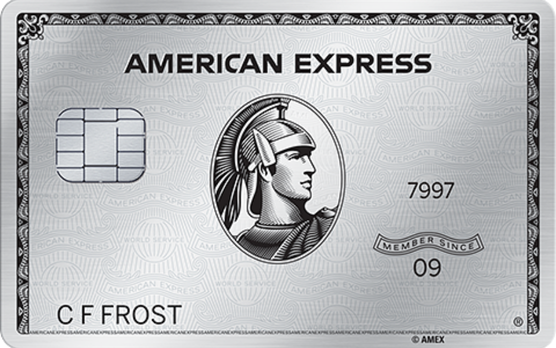
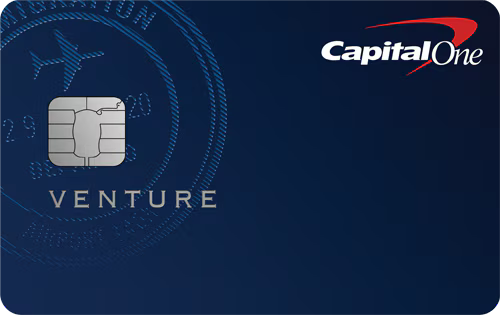
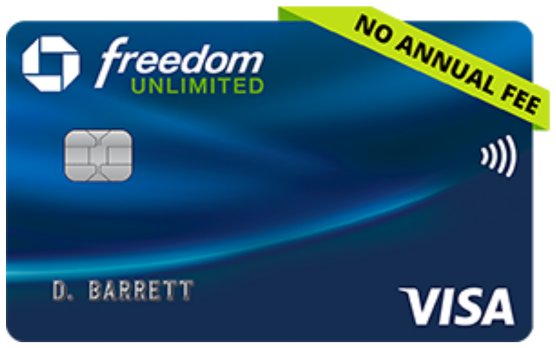
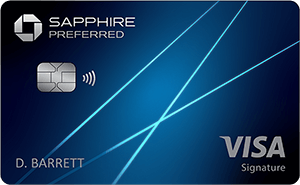
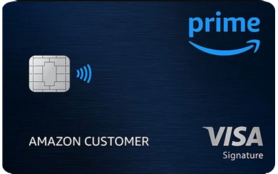


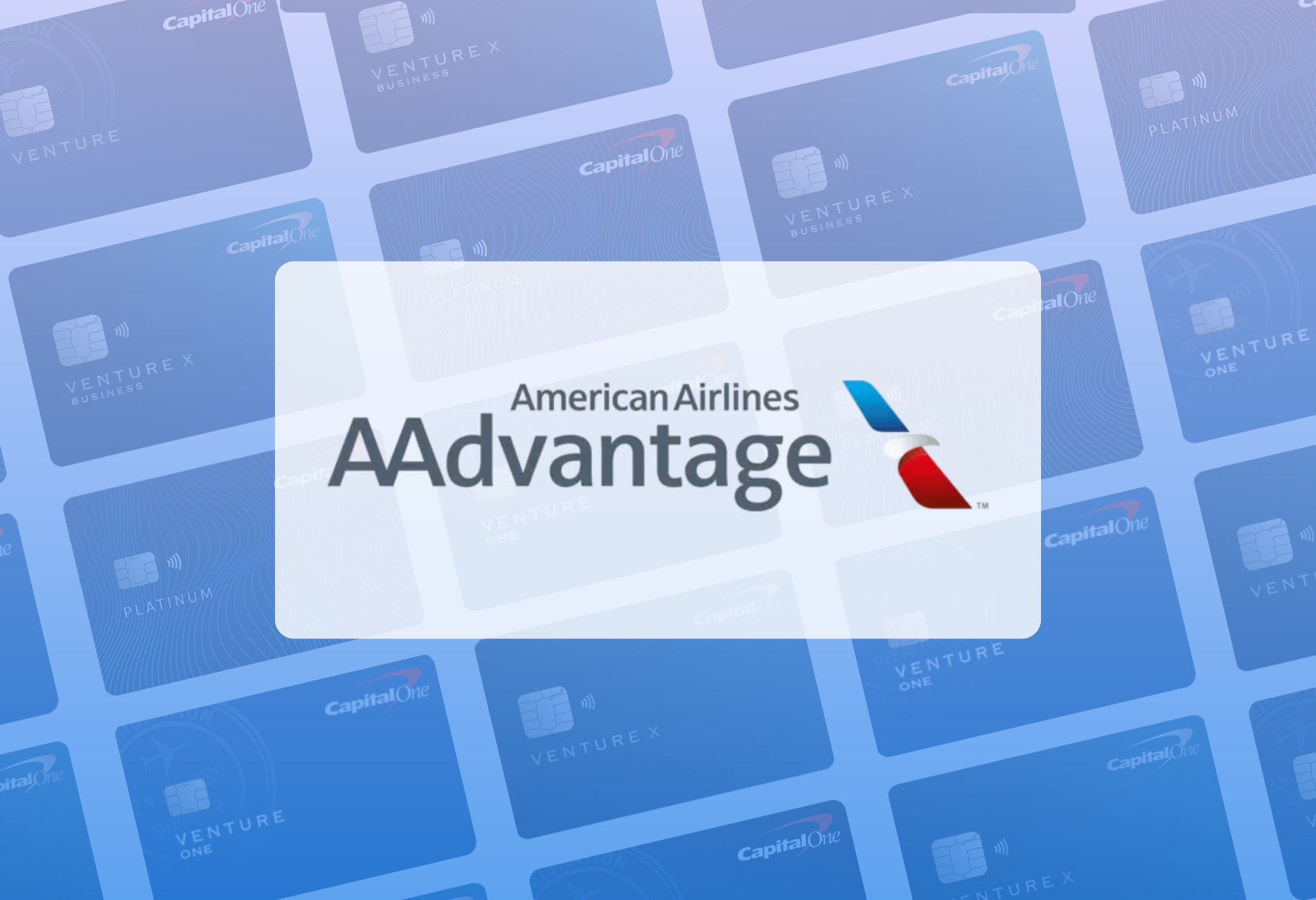


 by your friends at The Daily Navigator
by your friends at The Daily Navigator



